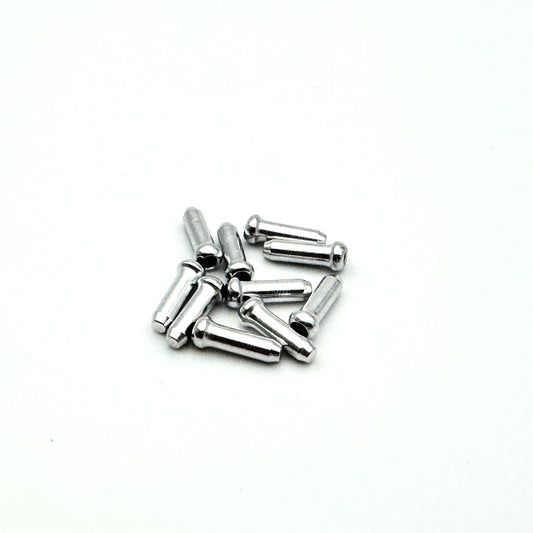Cables in poor condition are often the first reason for malfunctions in the mountain bike. mountain bike transmission transmission or V-brake brakes or disc brakes mechanical.
Cable and sheath types
Reminder The cables and sheaths for brakes and derailleurs are not identical. They differ in head shape and diameter, and are therefore not interchangeable.
The cable can be made of steel or stainless steel: the former is less expensive, while the latter is more resistant to corrosion and therefore lasts longer. In addition, to reduce friction and thus improve the operation of your equipment, it can be coated with a polymer. A polymer (usually called PTFE or Teflon®).
The sheath can be fitted withwatertight ends B to improve service life and/or offer a liner C to further reduce friction with the cable.


Which cables and sheaths for my practice?
You already know, but we insist: you can't use a derailleur cable or casing on a braking system, or vice versa. As the dimensions and diameters are different, you won't be able to fit them.
The choice depends on your use. For occasional use, a kit comprising a steel cable and a conventional sheath will suffice.
A regular user will opt for a steel or stainless steel cable, with a polymer coating, and sheaths with watertight ends for maximum reliability.
Competitors will opt for polymer-coated cables and lined sheaths to optimize transmission performance.
Découvrez tous nos conseils & Tutoriels
MTB - Drivetrain Cables and Housings
-

Derailleur cable CLARKS DIE DRAWN Stainless Steel Polished
Regular price 2,49 €Regular priceUnit price per -
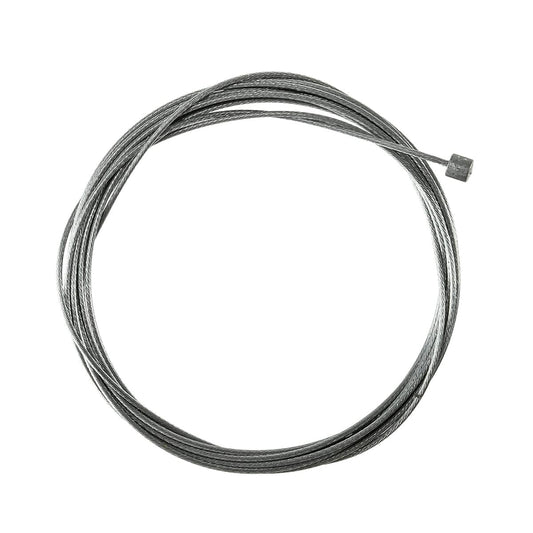
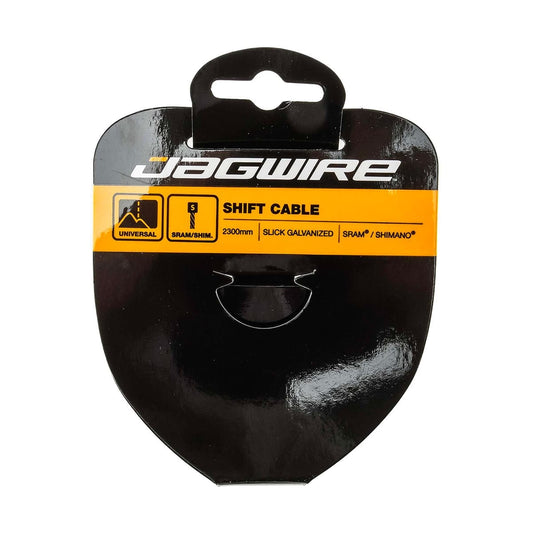
JAGWIRE SPORT Shimano/Sram derailleur cable
Regular price 2,89 €Regular priceUnit price per -
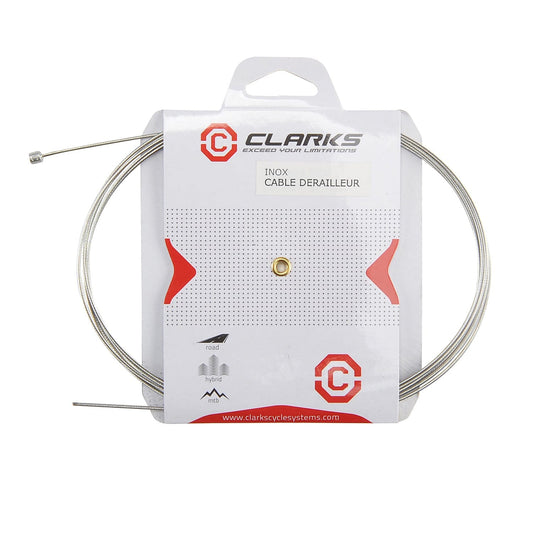
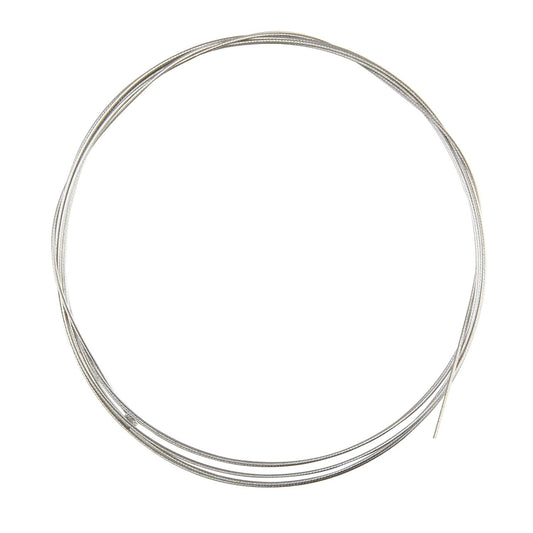
Derailleur cable CLARKS UNIVERSAL Stainless steel
Regular price 1,99 €Regular priceUnit price per -

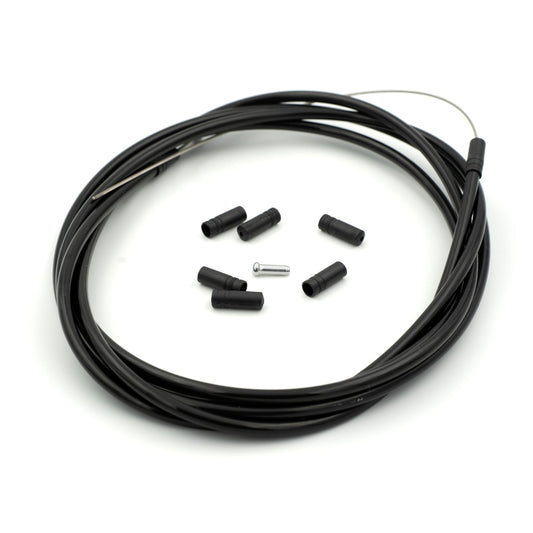
CLARKS Universal Derailleur Cable and Hose Kit Stainless Steel
Regular price 2,90 €Regular priceUnit price per -
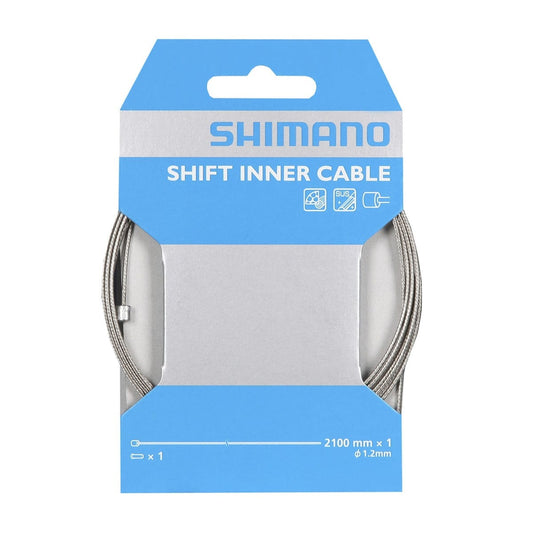
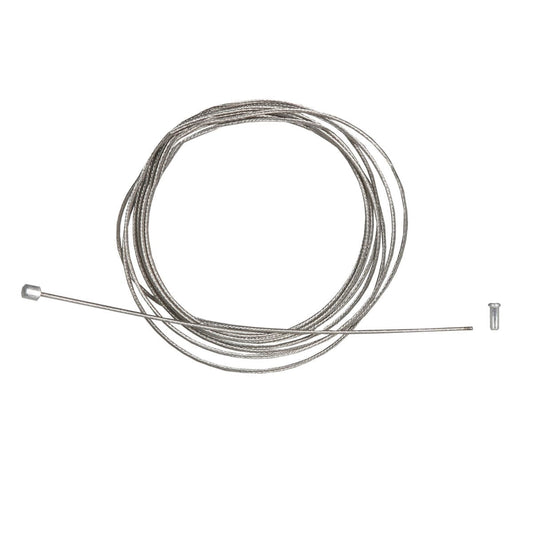
SHIMANO 2100mm stainless steel derailleur cable
Regular price 6,99 €Regular priceUnit price per -
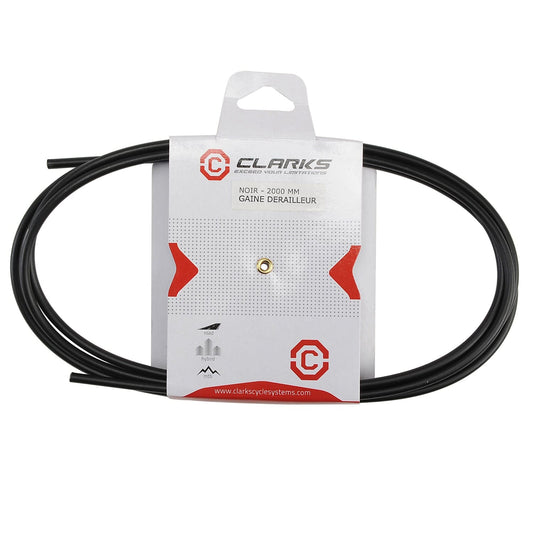
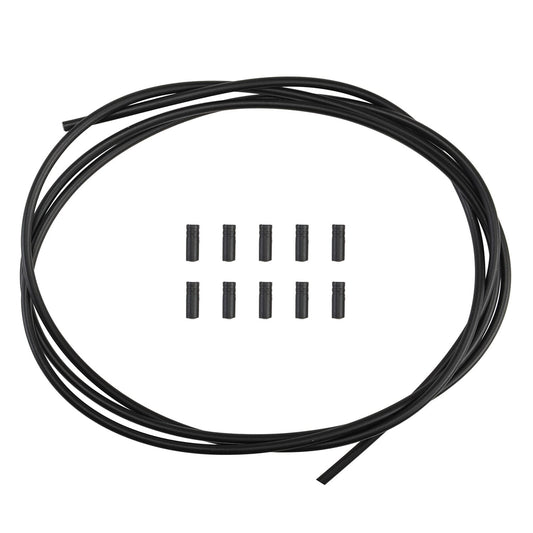
CLARKS 2000mm Derailleur Hose
Regular price 2,49 €Regular priceUnit price per -
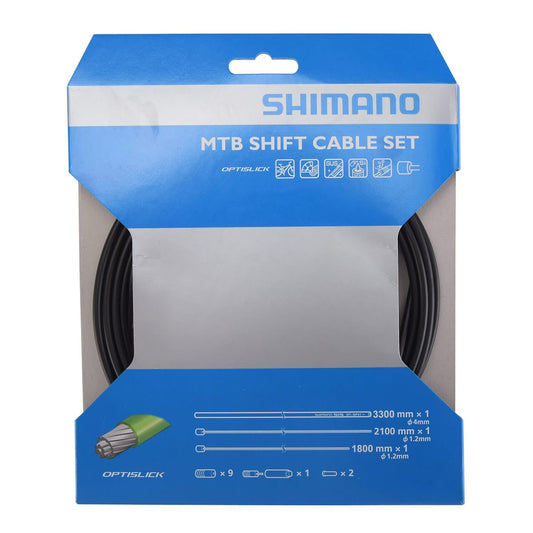
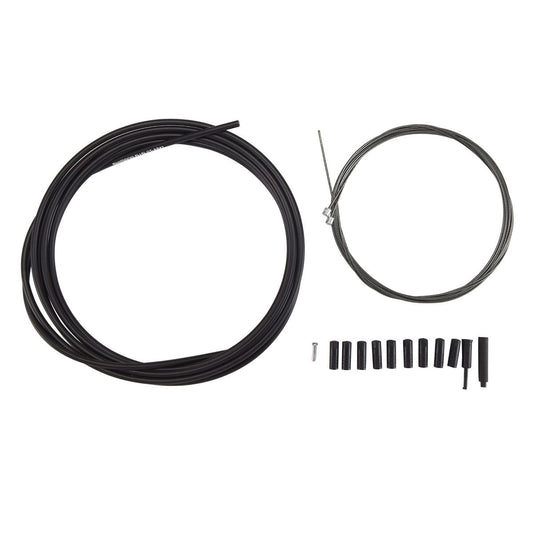
SHIMANO Derailleur Cable and Housing Kit MTB Optislick
Regular price 23,99 €Regular priceUnit price per










